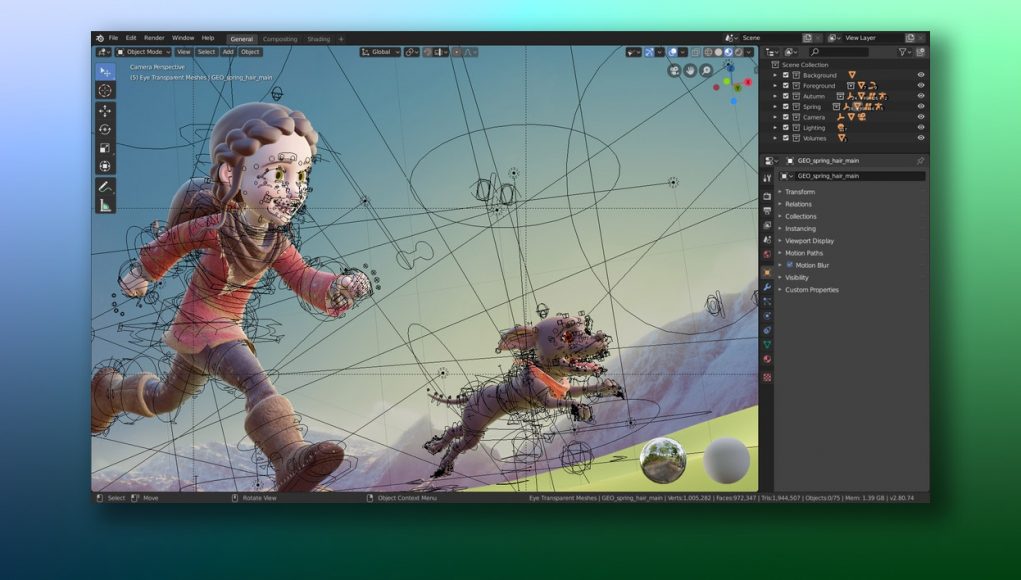
Blender, a popular free tool for modelling and animation with open source, it will soon have support for VR via API OpenXR. First, users can log in to your 3D scene to see them up close and in scale, with new features expected in the future.
The next version of Blender, version 2.83, scheduled for release in late may, will include the first wave of VR support, as recently announced by the company. VR support is added through API OpenXR that allows the software to interact with any headset that supports OpenXR (which has broad support in the VR industry, although still in the early stages of deployment for a single set).
Initially, the VR support in Blender only allows to explore the scene, this means that users can see their creations up close and in scale. For those who use Blender to create content and animations for use in VR games, the opportunity to see their creations in the headset before you import it into game engine could help to optimize the production process.
It is expected that in the future more features will be added VR. Last year, the developer of Blender said, “we Have a wonderful team of people interested in working on [XR]”.
Because Blender is a very complex piece of software, it is unlikely that the full set of features (or even half of that) will work in VR, but it is possible that in the future users will also be able to move the objects in your scene in VR and maybe even to do basic modeling.
Long before the upcoming official support for Blender in the VR third-party plugins such as Blender XR from MARUI , is allowed to view and interact with scenes in Blender VR. However, official support, especially through OpenXR should help this feature in the future to ensure compatibility with future headsets.
Source








